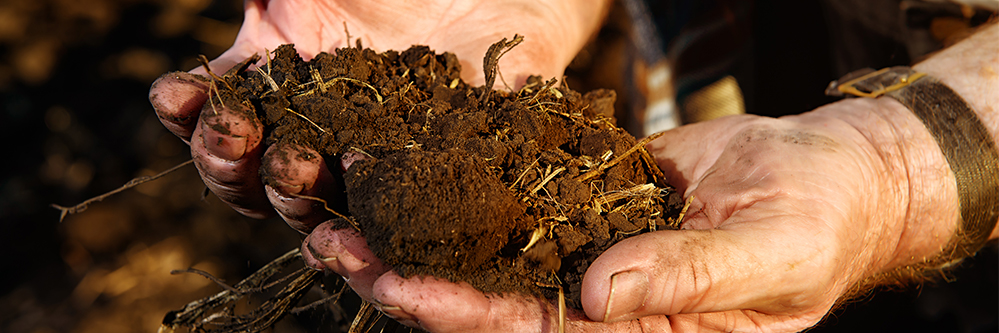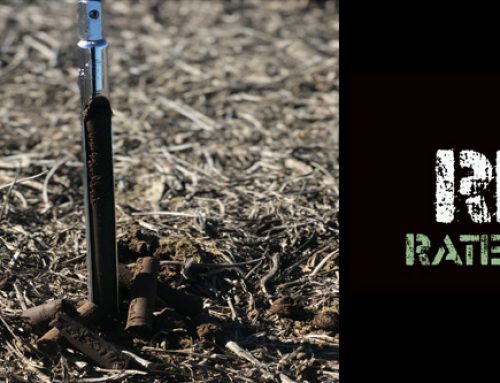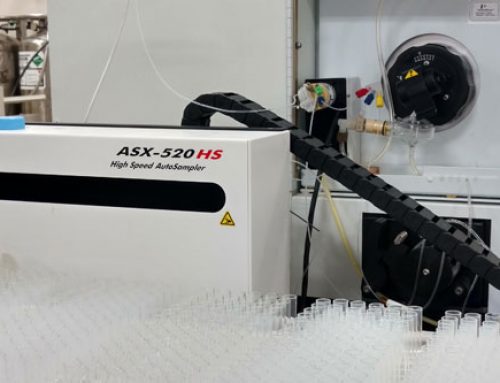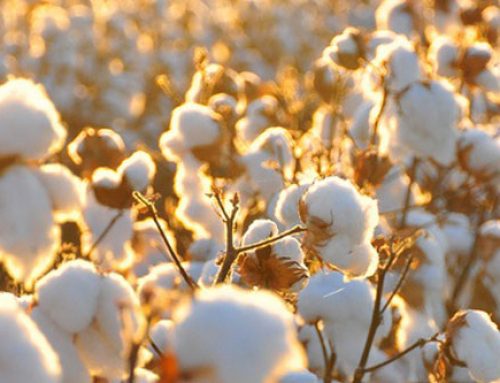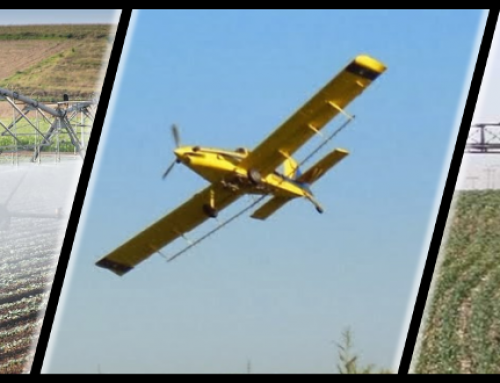Throughout the year, we look to our Agronomists and Precision Ag Specialists for their expertise and input on providing timely and knowledgeable articles to our customers and industry leaders via our electronic newsletter. Every summer, we challenge our Interns to do the same. We award up to 5 scholarships per year for winning articles. The purpose of this competition is to give our Interns a true feeling of becoming an experienced Agronomist, while showcasing their skills.
This article is written by our Intern, Lilli Sage, Oklahoma State University
There may be times where a crop will show signs of a nutrient deficiency or signs of a mineral that is either over or under abundant in the soil. When these things happen, it could make the yield variable and may be hard to solve the problem area at that point in time. It could be beneficial to get soil samples taken in problem areas, or grid sampling the field after a harvest.
Working for Crop Quest, I was able to observe fields that had problem spots or poor soils. If the soil has high salts, the plant cannot take up water needed and can shrivel the roots. The soil can also be too acidic, which can cause toxicity from high availability of some minerals or metals that can be harmful to the plant. Crop consultants are able to take soil samples and send them into labs to see if certain nutrients need to be applied. It may also be beneficial to occasionally get irrigation well water tested for impurities and minerals. There is some nutrient value in well water, but it is possible to have high salt levels as well that can harm soils and plants. By knowing all of this information, you can find the solution needed before it is a problem.
By knowing what type of soil you are working with can also help decide what crop would best be suited for the soil. Certain crops grow well in low pH environments, other crops do well in higher alkaline soils. Most crops do well under a neutral pH. There are plenty of soils that are sufficient for a good harvest and may not need amendments or additives, yet it does help to know before the crop is planted. Most people think of Nitrogen, Phosphorus and Potassium as the main concern, and in many cases they are the nutrients that need to be monitored the most. Yet there can be an element in the soil in short supply that can stunt the growth of the crop.
By sampling the soil, you can also find the soil texture and how well they hold water and nutrients. Nitrogen can be susceptible to getting leached out with excess water. Knowing your soil can help you determine when it would be best to apply fertilizer. Soil sampling is a great tool which brings many benefits to the outcome of your crop and is a great stewardship practice on your land.
